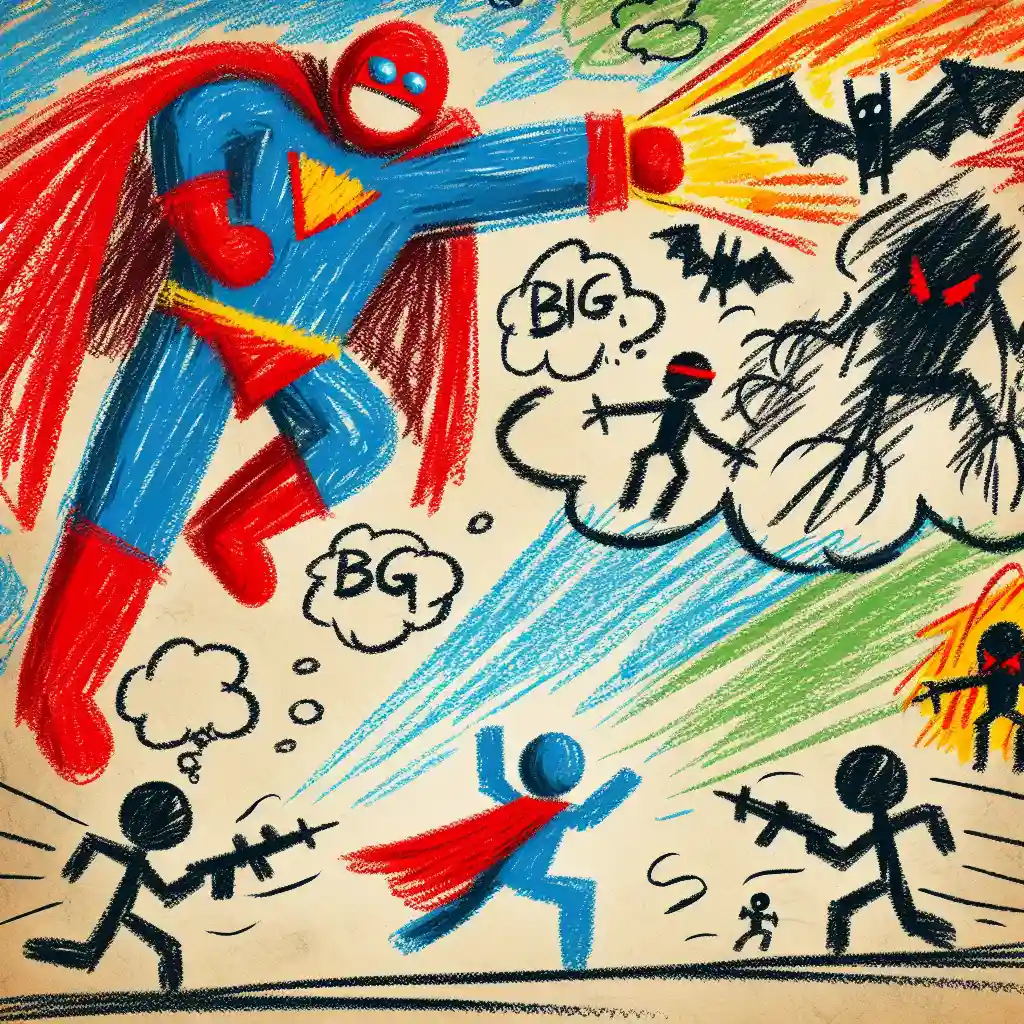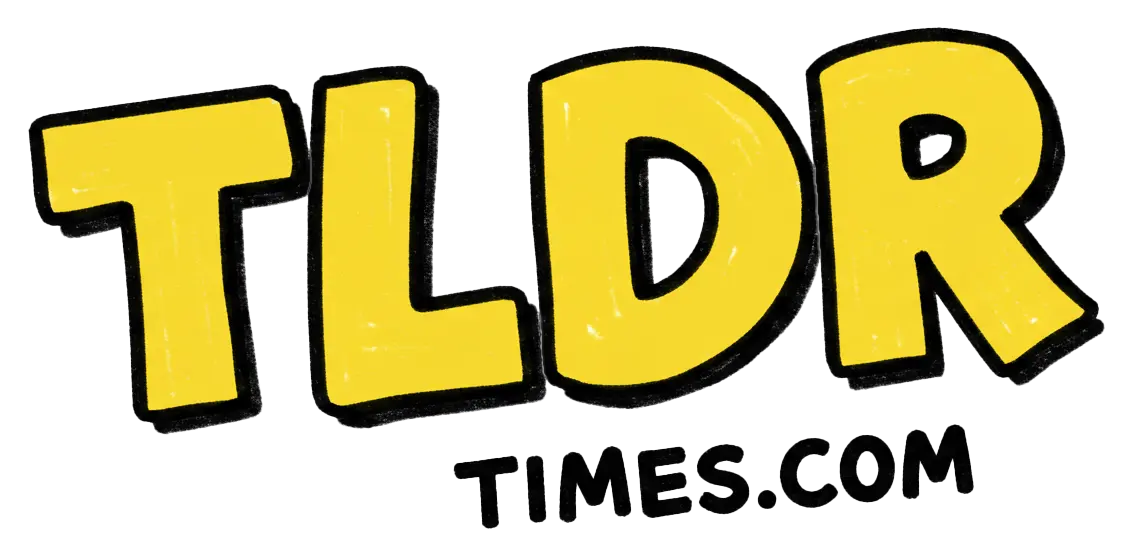Superman continues James Gunn’s horrifying war against characters’ eyes

Explain Like I'm 5
Imagine if every time you watched a movie about superheroes, someone always ended up with a boo-boo on their eye. Kinda like when you’re playing tag and someone accidentally pokes your eye, but in movies, and it happens a lot! Well, in the new Superman movie made by a guy named James Gunn, this eye-poking thing happens again, and it seems to happen a lot in his movies. It’s like he has a weird hobby of making sure someone’s eye always gets an "ouchie" in his superhero stories!
Explain Like I'm 10
So, in the world of superhero movies, there’s this director named James Gunn who has made quite a few films where characters end up hurting their eyes during fights or other intense scenes. It’s become something he’s known for, almost like a signature move. Now, in the latest Superman movie that came out in 2025, which a lot of people really liked because it was exciting and made a lot of money, this eye-hurting thing happened again. It seems like Gunn has a pattern, or a favorite theme, of having characters injure their eyes. It’s a bit strange and specific, right? It’s like if every time you drew a picture, you always colored the sky purple instead of blue—people would start to notice and think that's your special style.
Explain Like I'm 15
In the realm of filmmaking, especially with action-packed superhero movies, directors often have stylistic signatures or recurring themes that show up in their films. James Gunn, a notable director in this genre, seems to have developed a peculiar, somewhat gruesome trademark: frequently depicting characters sustaining injuries to their eyes. This has been observed in several of his movies, including the latest Superman reboot in 2025, which, despite its critical and box office success, continued this unsettling trend.
This repeated motif isn’t just a quirky detail—it can affect how viewers experience the film. For some, it adds a layer of intensity and realism to the action; for others, it might be a turn-off due to its graphic nature. The broader implications here involve how such recurring elements can shape a director’s brand and viewer expectations. It raises questions about the balance between creative signatures and audience sensitivity. Looking forward, it’ll be interesting to see if Gunn maintains this trend in his future projects or if the feedback from audiences might steer his creative decisions in new directions.
Want to read the original story?
View Original Source